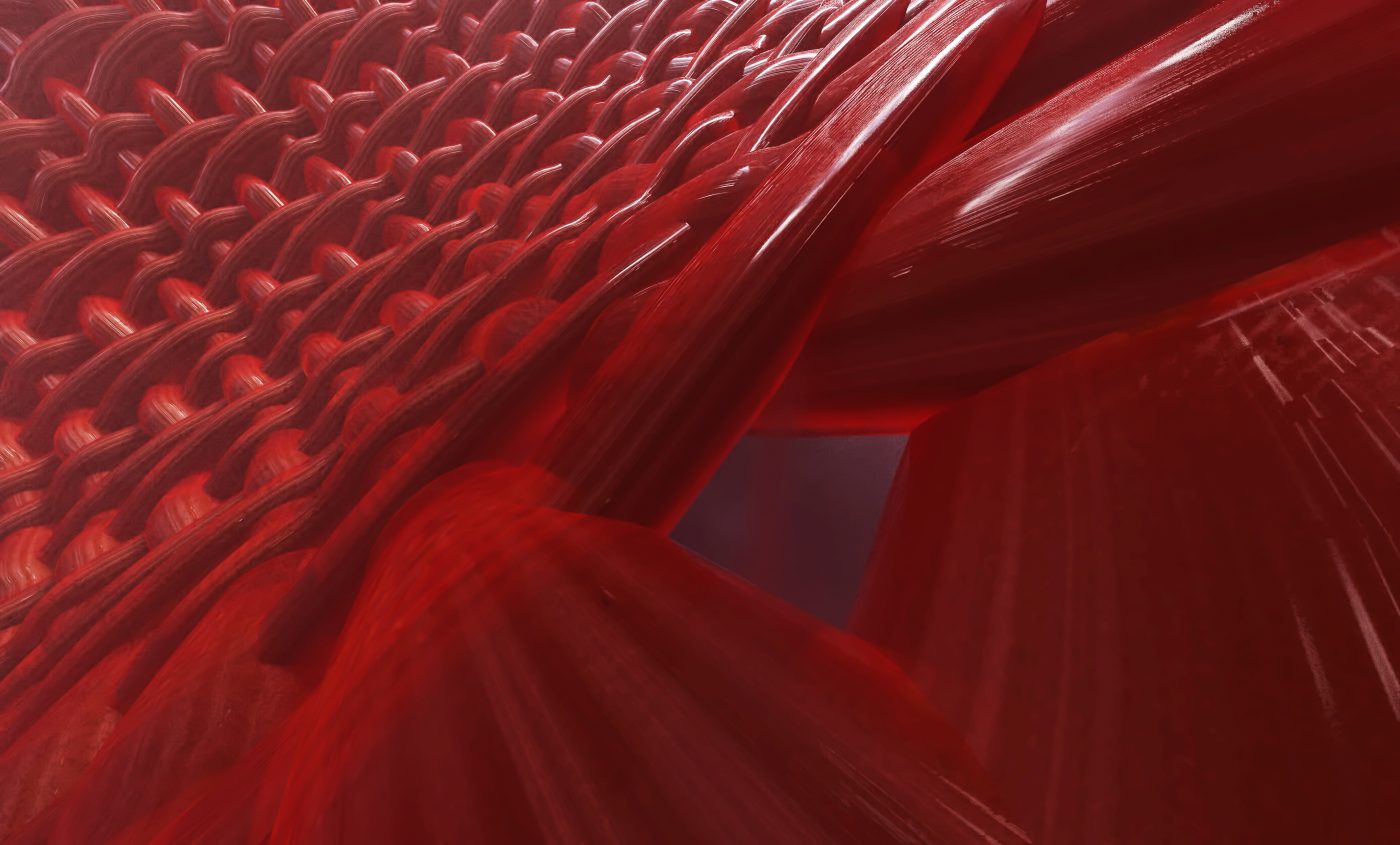Mouse Study Reveals Elastase as Potential Muscular Dystrophy Drug Target

Researchers at the University of Liverpool in England reported that people with muscular dystrophy (MD) may have an enzyme in their muscle cells that stops the ability of these cells to repair themselves.
The report, “Elastase levels and activity are increased in dystrophic muscle and impair myoblast cell survival, proliferation and differentiation,” appeared in the journal Scientific Reports. This study could aid in the future development of treatments for MD.
Muscular dystrophies are a category of progressive muscle diseases caused by specific genetic mutations. There are several different types of MDs, which over time, cause muscle degeneration and weakness, greatly impairing mobility and quality of life and, in some cases, leading to death. Boys tend to be affected by this condition more than girls. Duchenne muscular dystrophy (DMD) is a form in which the protein dystrophin is found at low levels, causing muscle weakness.
In DMD, stem cells do not readily repair damaged muscles, for reasons that are not well understood.
The investigators, led by Niccolo Arecco of Department of Biochemistry, Institute of Integrative Biology at the University of Liverpool, wanted to identify possible molecules and other factors that could lead to the impairments in muscle repair. They used several standard laboratory methods to identify proteins in mice that had been genetically altered to have a form of DMD.
They found unusually high levels of a type of enzyme called a serine protease, specifically known as neutrophil elastase.
Elastase breaks down muscle and is made by white blood cells called neutrophils. It could be responsible for breaking down muscles in DMD.
The researchers also found that elastase prevented muscle cells grown in a dish from surviving.
“Our findings evidence the importance of inflammation in muscular dystrophy, and suggest that elevated levels of elastase could play a key role in the progressive muscle degeneration seen in patients affected by DMD,” said lead researcher Dada Pisconti, from the university’s Institute of Integrative Biology.
“Although there is no cure for muscular dystrophy, improvements in treatments could help control symptoms to improve quality of life. Our next steps are to investigate whether drugs that target elastase are effective and safe as a potential therapy for this disease,” Pisconti said.
The initial study in mice with experimental DMD could form the basis for future studies that test drugs that block elastase. Still, additional research will be needed to test the effectiveness and safety of this strategy, as well as to identify elastase blockers.






